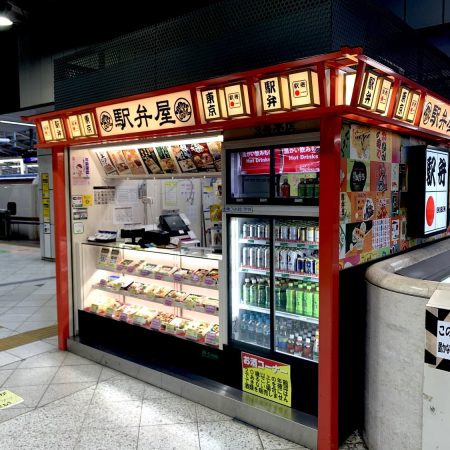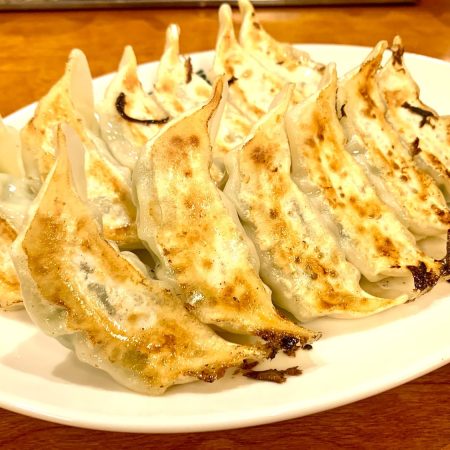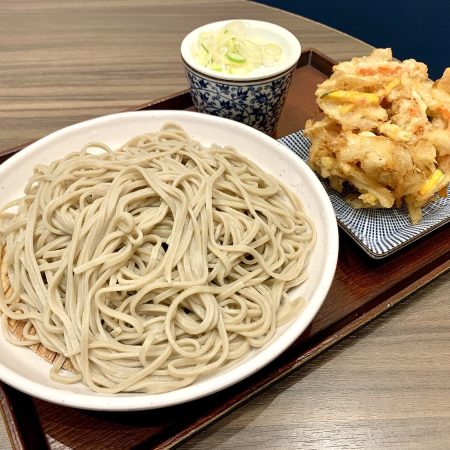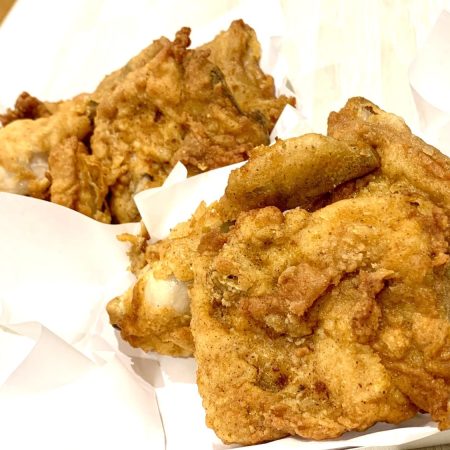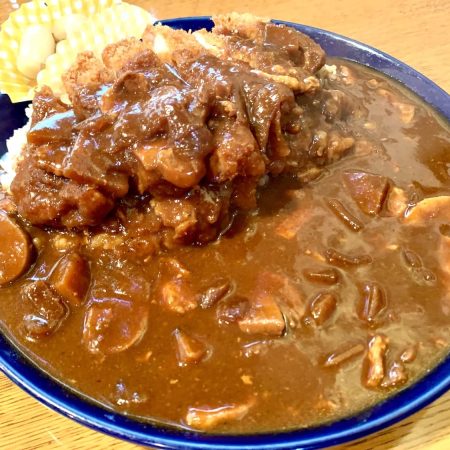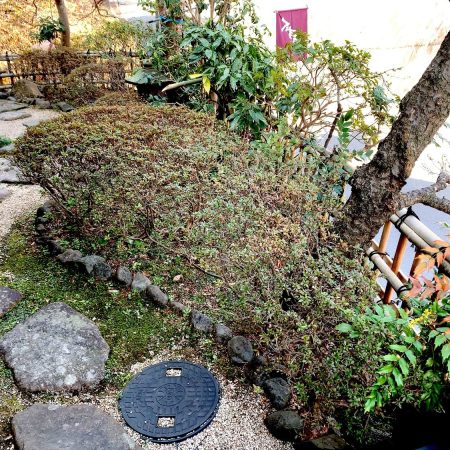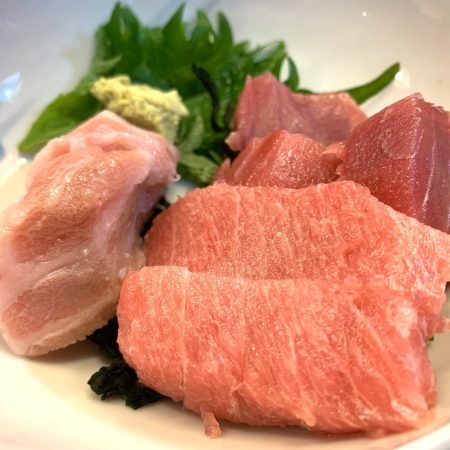The Know Before You Go Guide to Kabuki
What is Kabuki?
- Written in 3 Chinese characters: 歌舞伎
- Traditional Japanese form of theater with roots in the Edo period (1603-1886)
- Drama involves feudal period themes
- Actors wear feudal era clothing (kimono)
- Actors use an old-fashioned language and speak in monotonous voices
- Words and actions are accompanied by traditional instruments
Kabuki today involves…
- a highly sophisticated art form
- professional actors trained since childhood
- sophisticated audiences who can appreciate and understand traditional drama
Kabuki raises many questions…
- What are the origins of such a mysterious art form?
- Why are there only men performers?
- Why does kabuki always tell old stories and never contemporaneous ones?
- Why is the dialog so indirect and subtle?
- Why does kabuki emphasize moral and ethical conflicts?
To understand Kabuki…
- We must think about the feudal-period origins of kabuki
- We must think about life in the early Edo period (17th century) when kabuki began
Edo period conditions
- The Tokugawa governments of the Edo period were very oppressive
- Ordinary people were poor and oppressed but could not complain about their situation
Humble roots of Kabuki
- Began as a form of entertainment for the lower social classes (peasants, craftsmen, and merchants)
- Originally involved female dancers who performed folk and religious dances.
- The dance locations were soon moved to the pleasure quarters of major cities (Kyoto, Osaka, Tokyo)
Kabuki’s original image
- Beautiful female dancers performing before crowds of boisterous, drunken men in the pleasure quarters of major cities
- Early kabuki was similar to early American vaudeville and burlesque
- The original characters (kanji) for kabuki meant “tilted,” “out of balance,” or “abnormal behavior”
- Kabuki was originally racy, exotic, and debauched
The government cracks down
- The Tokugawa shogunate feared kabuki’s potential for social disruption
- Kabuki was soon restricted to pleasure quarters of major cities
- In 1629 women were banned from performing kabuki
- Men assume female roles (onnagata)
Kabuki evolves
- With the introduction of men, kabuki began to take on more of a dramatic character
- Kabuki themes were expanded to incorporate social commentary
- Since speech was dangerous, kabuki learned to convey meanings in other ways: makeup, stage setting, dance, and music
- As kabuki became more sophisticated, its popularity expanded to all classes of society
- Kabuki became a means to educate the populace about moral and ethical issues
Kabuki’s endless appeal
- Japanese people are still very indirect in their way of thinking and speaking
- The old kabuki dramas have modern counterparts in contemporary Japanese business and society
For details, please visit the Kabuki official website for info on upcoming plays and ticket booking: https://www.kabukiweb.net/


